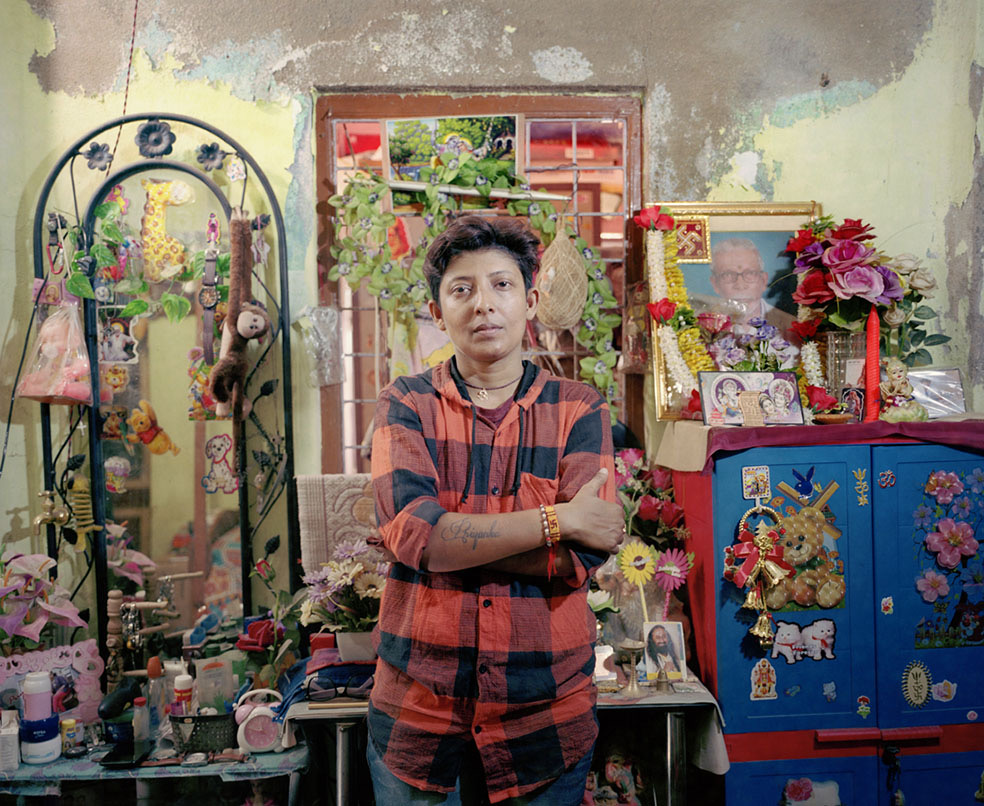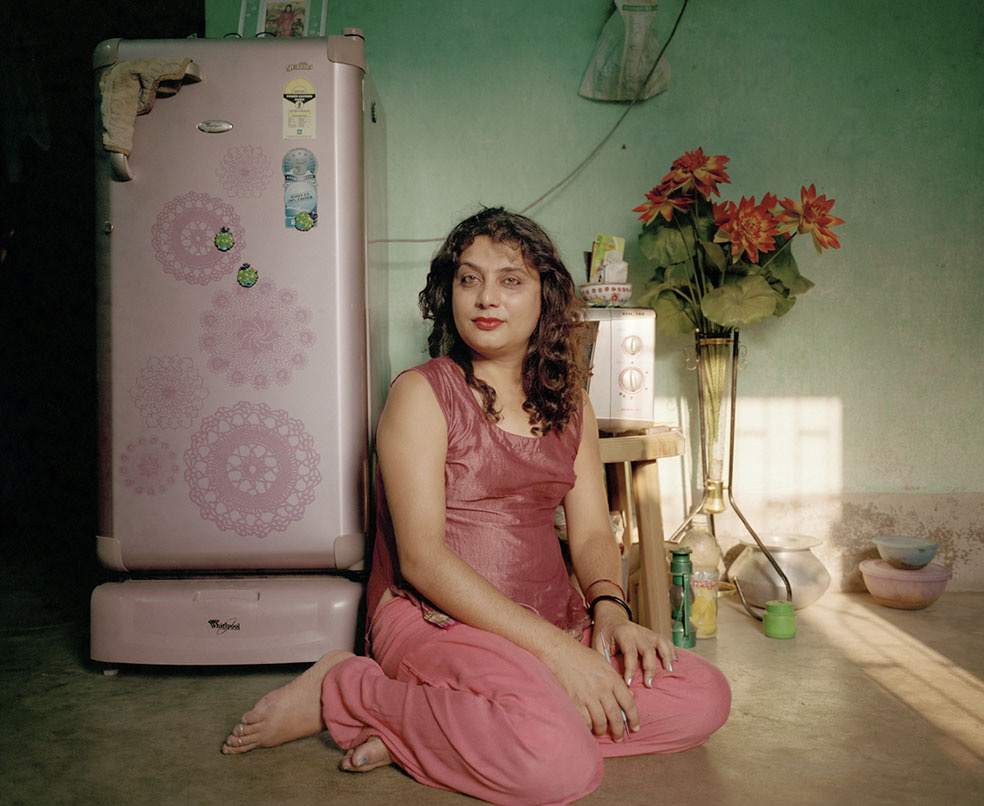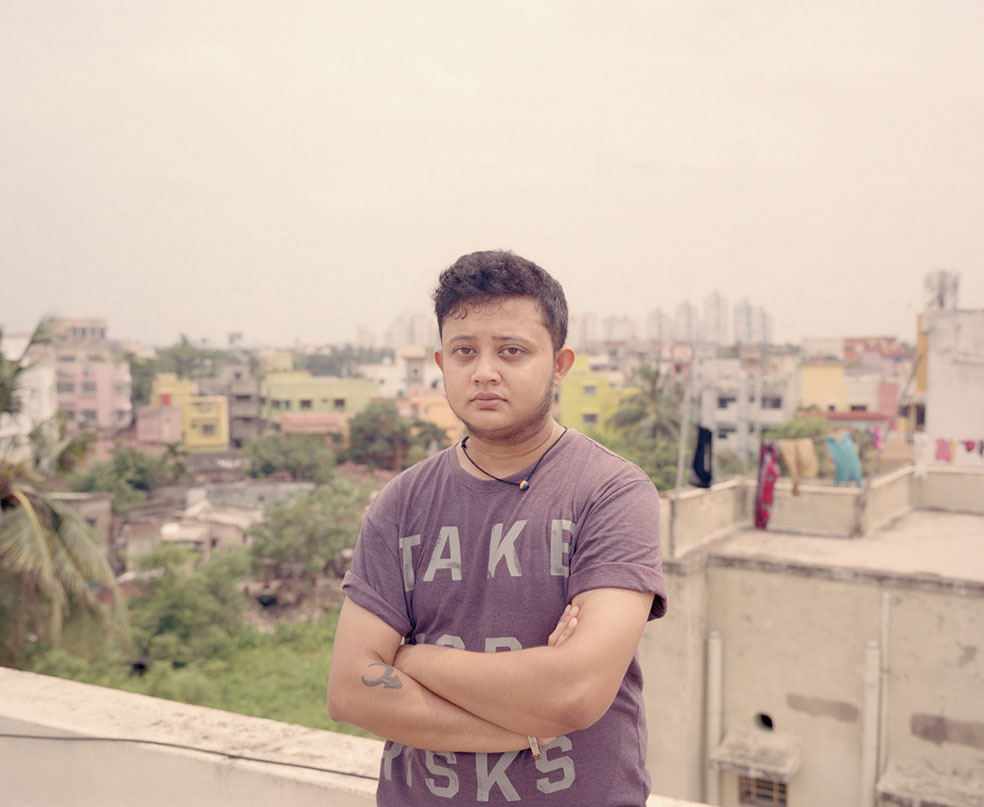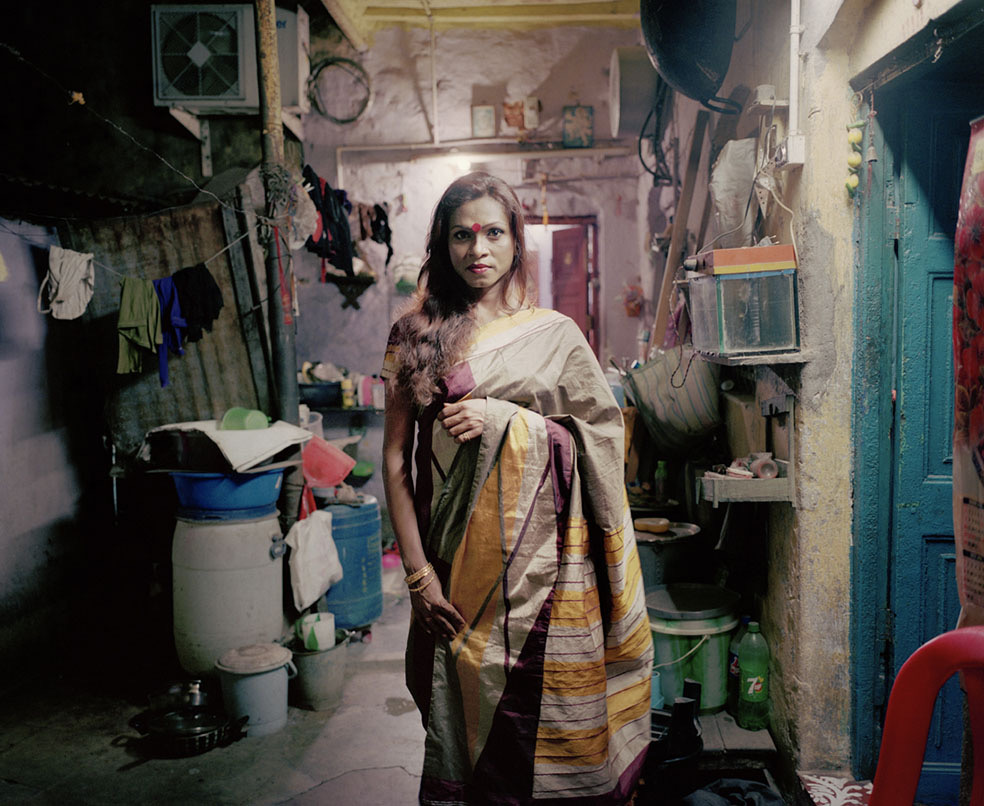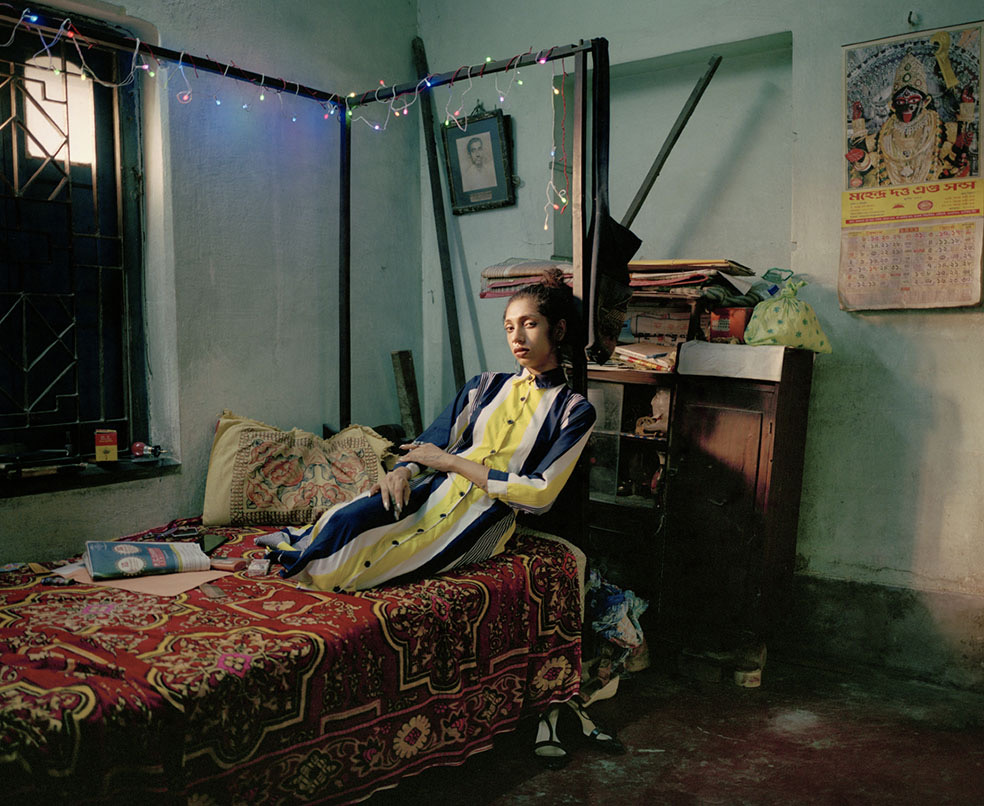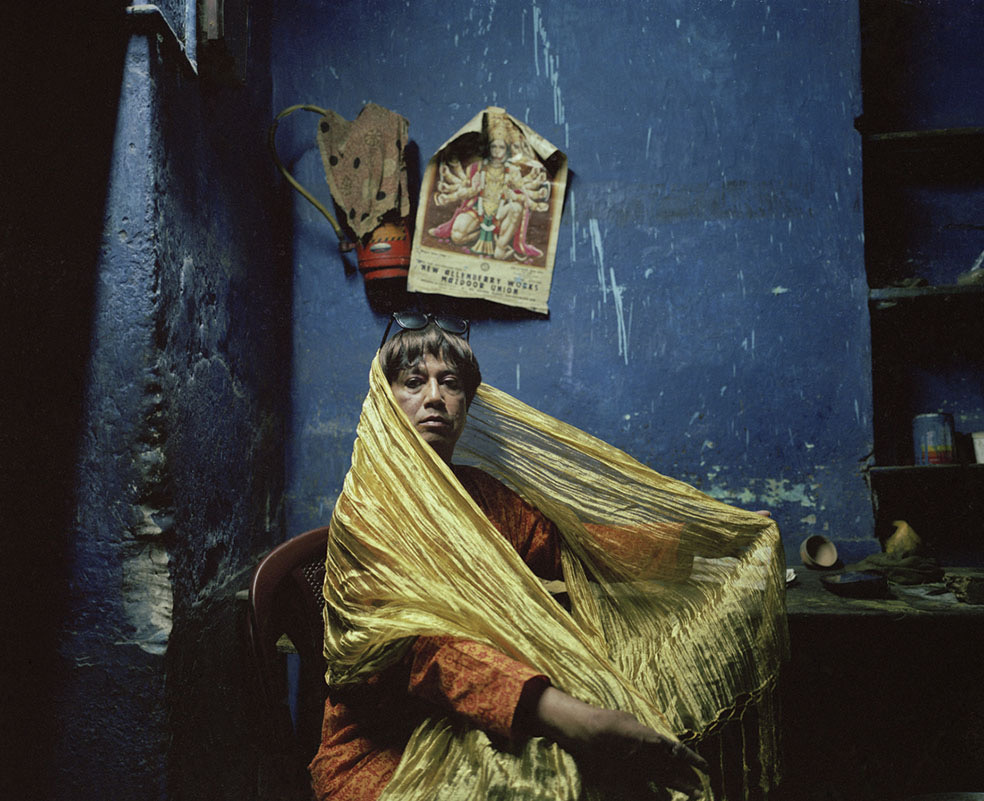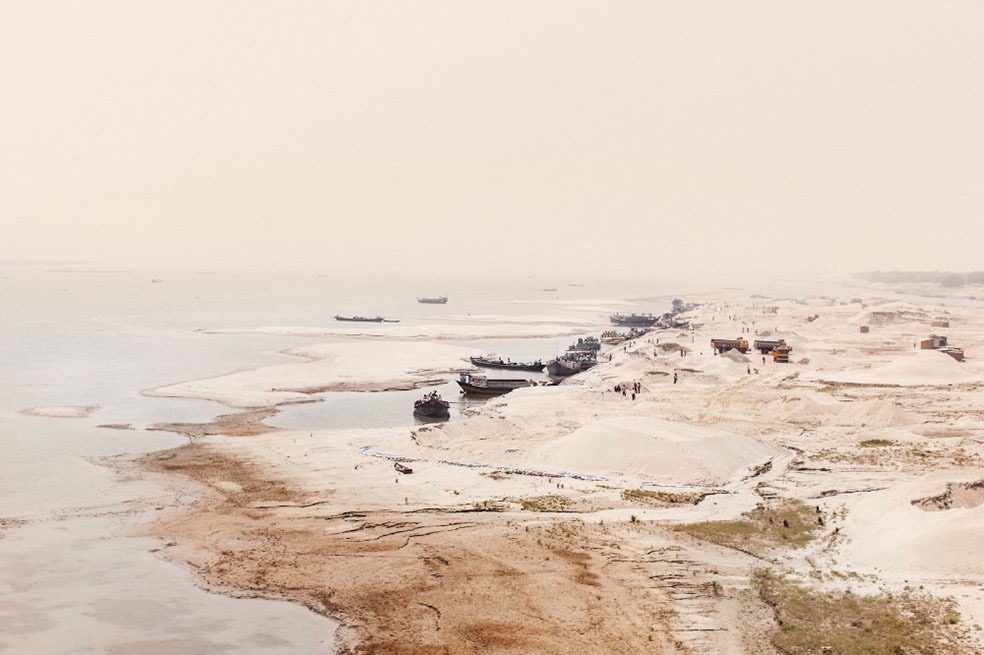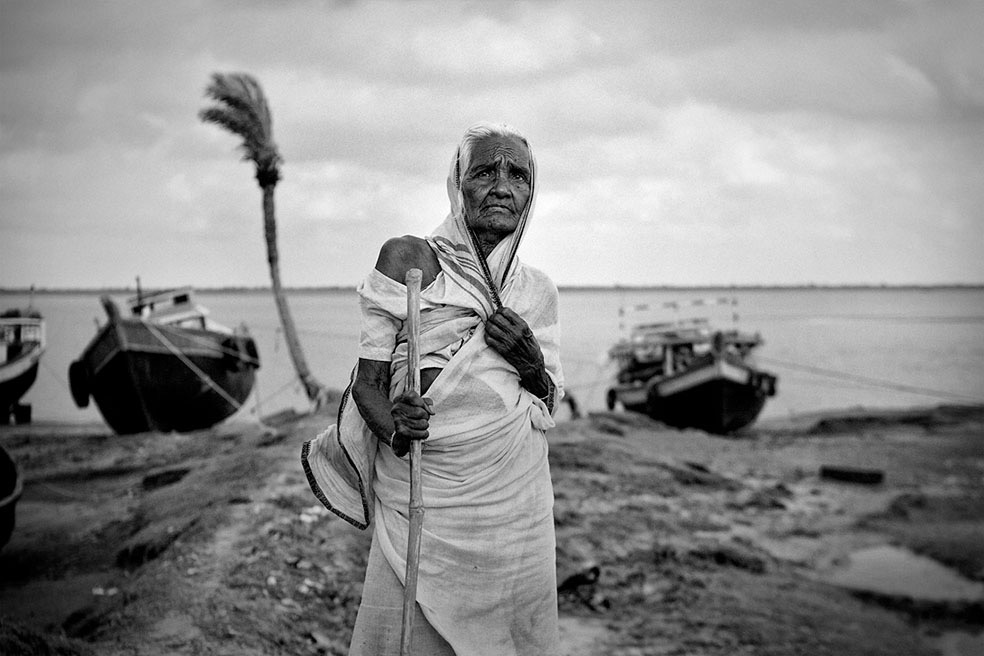Says Alessio: In a landmark judgment, in 2014, the Indian Supreme Court recognized the status of a Third Gender for Transgenders and Hijras, asking the Central Government to treat Transgenders as a socially and economically deprived social category that needs educational and employment reservation. Some four years later, on 6th September 2018, the Supreme Court of India declared that the application of Section 377 to consensual homosexual sex between adults was unconstitutional, “irrational, indefensible and manifestly arbitrary”.
In between these two significant dates, I began research on the trans community in Kolkata, in its suburbs and other cities of West Bengal, since many Trans Movements and leaders come from or are connected with this Indian state. Furthermore, in March 2015, the Trans Development Board was set up in order to coordinate the policy for the development of transgender people in West Bengal. However, despite the 2014 law and the establishment of this Board, improvements in education, work, and for the community census (which should count 30,000 individuals) have been very few, as well as measures to promote SRS (sex reassignment surgery). This has led to the creation of various, autonomous organizations and NGOs in order to support the community and obviate the Board’s failings. Over the years, to establish its rights, the transgender community has carried on its struggle through numerous events and rallies.
During this time, I built close relationships with members of the community, listening to their stories, participating in their events and visiting the places where they live or were born. It has resulted in the photographic project, The Shape of Self.
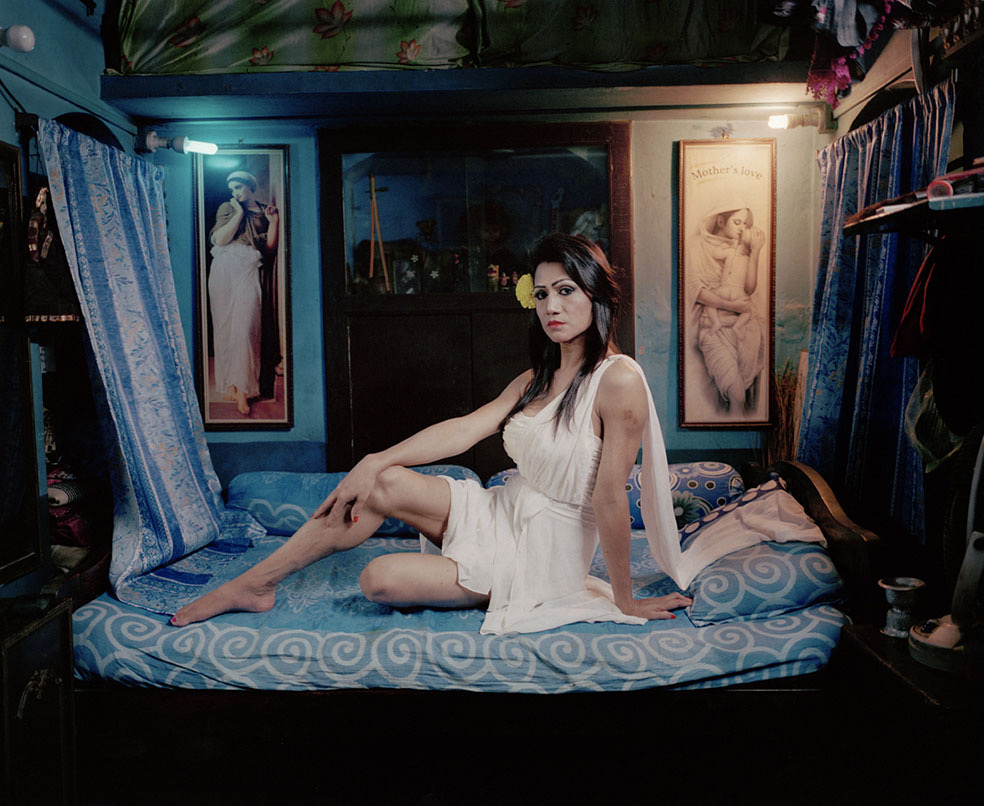
This project aims to represent the struggled identity (the Self) of trans people, stressing the individuality of each person (the Shape), and testifying the social development, which since 2014 has directly affected the Trans community, by providing a direct window into its presence in West Bengal.
Through 85 portraits, The Shape of Self presents individuals belonging to various social backgrounds, castes, and different generations (the age ranges from 16 to 65 years old). It includes various “typologies” of Trans people: Transgender and Transsexual (both Transwomen and Transmen), but also Hijras and Cross-dressers. The latter have been included as forerunners of a trans-identity constrained and hidden in the net of social restrictions, while Hijras have been included as representative of the historical tradition of trans-identity in India.
The portraits capture the multifarious individualities of the Trans community: there are activists, artists, dancers, models, actresses, make-up artists, employees in big companies, cooks, sex workers, teachers and students. Transwomen are more numerous because the number of Transmen is low, and those existing face huge difficulties to come out.
To stress the right to be and exist as a trans Self, the individual’s photographed are always positioned in the middle of the frame and appear directly in front of the camera (and hence, the viewer) with the make-up, dress and colors of their choice. They are in places connected to their personal life story – such as streets, special parts of their neighborhood, or their working places – and mainly in their private rooms seen as the core space in which their identity developed.
The result is a series of portraits of individuals who are at ease and confidently themselves. This creates a strong feeling of intimacy. Likewise, it gives further information about the Indian background of each person: the various settings (both interiors and exteriors) highlight the complexity of Indian society, stressing its various social, religious and economic contexts. It shows, in some cases, the arduous conditions of life in which trans people live. Their gazes, however, clearly assert that the struggles they face for social acceptance and integration into Indian society, do not inhibit their pride in the choice to freely be themselves.
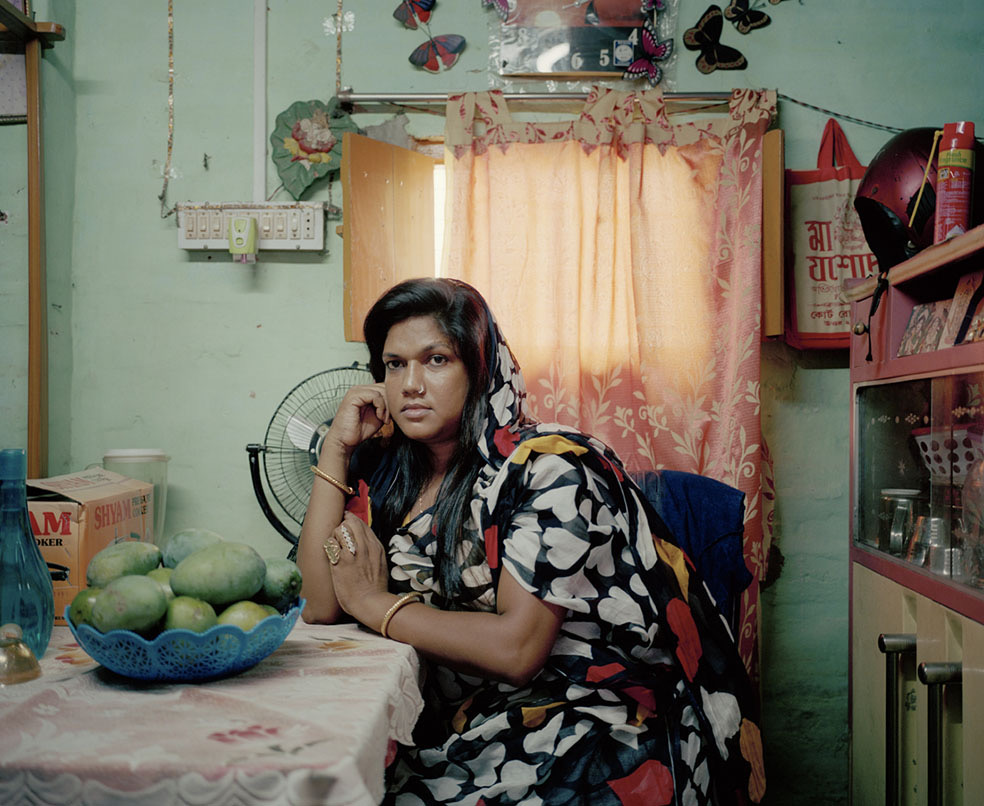
Alessio Maximilian Schroder was born in Rome in 1985. He moved to Vienna in 2004 where he studied philosophy and photography. In 2009 he moved to Belgrade where he pursued the project Blokovi that explored both social and spatial patterns of the district Novi Beograd, the most ambitious urbanisation project carried out in ex-Yugoslavia.
After receiving his Master’s degree in Photojournalism from the Institute of Photography in Rome in 2010, Schroder embarked on a photographic study of the district Neve Sha’anan in Tel Aviv. From his first trips to India followed the photo series Exposed (2011-2013): a personal photographic research into the liminal nature of the body and the image, marked by a critical reflection on the role of photography in contemporary media environment.
Based again in Vienna at this time, he critically elaborated on the cultural context of the Austrian capital. This resulted in the series Hana (2012), an intimate and personal portrait of a Polish woman living on the fringes of Viennese society and in Porne (2010-2013), a portrait series of Viennese sex workers. In 2014 he moved to Kolkata and started the new long-term photographic research The Shape of Self where he focused on the transgender and transsexual communities of Kolkata urban areas. In 2015 he was asked to shoot the opening video portraits of Ram Nehari’s first feature film Don’t Forget Me and in 2016 worked as still photographer for Ludwig Wüst’s Departure.
Website: amschroder.com
